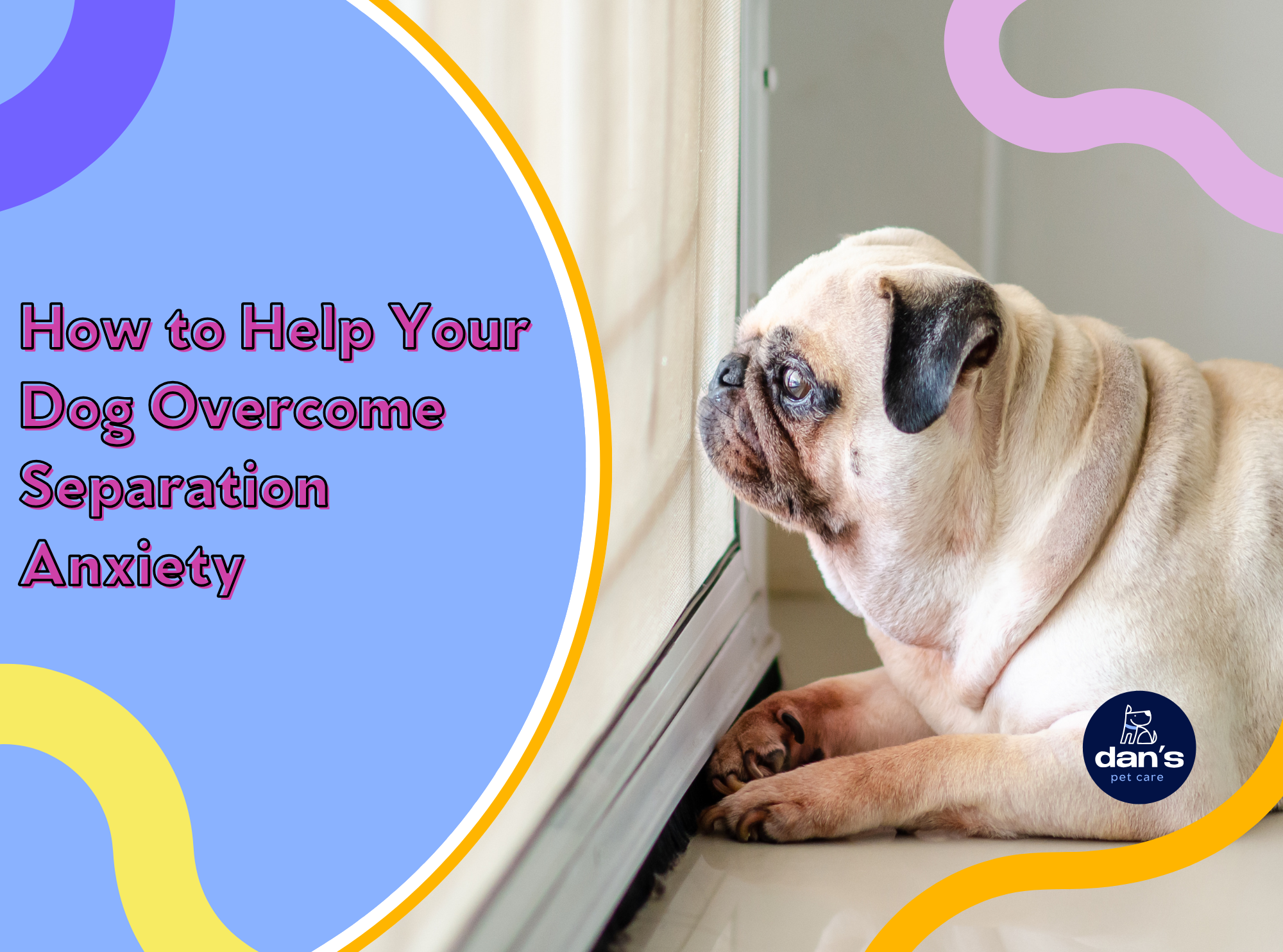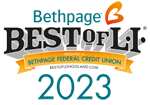Separation anxiety in dogs is a common issue that can lead to distress for both pets and their owners. If your dog struggles when left alone, don’t worry—you’re not alone. This comprehensive guide will help you understand, manage, and ultimately reduce your dog’s separation anxiety, ensuring a happier and healthier life for your furry friend.
Understanding Separation Anxiety
Separation anxiety occurs when dogs experience extreme distress when separated from their owners. Symptoms include:
Excessive barking or howling
Destructive behavior (chewing, scratching)
Pacing and restlessness
Accidents indoors despite being house-trained
Causes of Separation Anxiety
Several factors can contribute to separation anxiety, including a dog's early experiences, environment, and even health. For example, dogs who were abandoned or rehomed multiple times may develop separation anxiety due to fear of being left again. Certain breeds like Border Collies or German Shepherds, known for their loyalty and intelligence, can be more prone to this condition. Additionally, dogs that have spent a lot of time with their owners during extended periods, such as during remote work or vacations, may struggle when routines change. Other contributing factors include a lack of mental stimulation, past traumatic experiences such as loud noises or accidents when alone, and insufficient training on how to be alone for short periods.
Early life experiences, such as being separated from their mother too early.
Genetics, as some breeds are more prone to anxiety.
Traumatic events, like being rehomed or spending time in a shelter.
Over-attachment to the owner, especially if the dog has had constant companionship.
Lack of exposure to short absences during puppyhood.
Medical conditions that can increase anxiety levels.
Sudden changes in schedule
Moving to a new home
Loss of a family member or pet
Lack of proper training or socialization
Steps to Help Your Dog Overcome Separation Anxiety
1. Create a Safe Space
Designate a comfortable area for your dog with their favorite toys, bed, and water.
Ensure the area is quiet and safe, away from household noise.
Add items that carry your scent, such as an old shirt, to provide comfort.
Include interactive toys like treat dispensers to keep them mentally engaged.
Use calming aids like pheromone diffusers or soothing music.
Consider anxiety-reducing blankets or cozy crates designed for comfort.
Make sure the area is accessible and welcoming at all times.
Creating this space helps your dog feel secure even when you’re not around. Additionally, you can enhance this space by:
Rotating toys to keep the environment fresh and engaging.
Adding a piece of furniture like a small chair or table for added shelter.
Using ambient noise machines to mask external sounds that might cause anxiety.
Providing access to a window or view to reduce boredom.
A well-prepared safe space is essential in reducing separation anxiety and giving your dog a comforting retreat when you're away.
2. Desensitization Training
Desensitization training involves gradually teaching your dog to tolerate being alone. This process requires patience and consistency but can significantly reduce anxiety over time. Start by creating positive associations with your departures using treats or toys. Gradually increase the time you spend away from your dog, starting with just a few seconds, then minutes, and slowly extend the duration as your dog becomes more comfortable.
Gradually increase the time you spend away from your dog, beginning with short intervals.
Use puzzle toys or special treats that your dog only receives when you're gone.
Practice short departures frequently throughout the day.
Avoid dramatic goodbyes or greetings to help normalize your comings and goings.
Monitor your dog’s reactions and only extend the time away when they appear calm.
Introduce cues like picking up your keys without leaving to desensitize your dog to departure signals.
3. Establish a Routine
Establishing a routine is crucial for dogs with separation anxiety because it creates a predictable environment. Dogs thrive on consistency, and knowing when to expect meals, walks, and playtime can help reduce their stress levels. A well-maintained routine gives them structure and minimizes the anxiety caused by uncertainty.
Maintain consistent feeding, walking, and playtime schedules.
Set fixed times for bathroom breaks and training sessions.
Include periods of rest and relaxation in your dog’s daily schedule.
Gradually introduce short absences into their routine so they learn that being alone is temporary.
Routines provide dogs with a sense of security and predictability, helping them feel more at ease when you're away.
4. Exercise and Mental Stimulation
Ensuring your dog gets plenty of physical activity and mental stimulation is essential for reducing anxiety. Regular walks, runs, and playtime help burn off excess energy that could otherwise manifest as anxious behavior. Mental stimulation, such as training exercises, puzzle toys, and interactive games, keeps your dog engaged and prevents boredom, which can contribute to anxiety.
Ensure your dog gets plenty of physical activity through daily walks, runs, or play sessions.
Provide puzzle toys, training sessions, and interactive games to challenge their mind.
Consider agility courses, scent work, or new tricks to keep them mentally active.
Schedule consistent exercise times to create routine and structure.
A well-exercised and mentally stimulated dog is more likely to remain calm and content when left alone.
5. Practice Calm Departures and Arrivals
Leaving and returning home calmly is crucial in reducing separation anxiety. Dogs pick up on human emotions, so staying calm helps them remain relaxed. Before leaving, try to engage your dog with a toy or treat and leave quietly. When returning, wait a few minutes before greeting them warmly but calmly. Avoid making departures and arrivals a big event to help your dog see them as routine.
Avoid making a big fuss when leaving or returning home.
Calmly greet your dog after a few minutes.
Engage them with a toy or treat before leaving.
Stay composed and relaxed during departures and arrivals.
Practice short departures to help normalize the process for your dog.
6. Use Positive Reinforcement
Positive reinforcement is one of the most effective methods to encourage desired behaviors in dogs. Whenever your dog remains calm during alone time, immediately reward them to build positive associations. Be consistent with rewards, offering treats, verbal praise, or a favorite toy. Over time, your dog will learn that staying calm when left alone results in positive outcomes.
Reward your dog for calm behavior when alone.
Treats, praise, and toys can reinforce positive behavior.
Use a variety of rewards to keep your dog motivated.
Give immediate rewards to help your dog connect the behavior with the reward.
Be consistent with rewards to strengthen the desired behavior.
7. Consider Professional Help
Seeking professional help can be a game-changer for dogs with severe separation anxiety. A veterinarian can assess your dog’s health and determine if medication or supplements are necessary to ease anxiety. Professional dog trainers or certified behaviorists can create personalized training plans, conduct in-home sessions, and provide expert techniques to help your dog cope better. Joining local training classes or seeking advice from experienced pet care services like Dan’s Pet Care can also offer support.
Consult a veterinarian for advice, medication, or supplements if necessary.
Hire a professional dog trainer or behaviorist for personalized training.
Consider group training classes for socialization and anxiety management.
Look for local pet care services with experience in handling anxious dogs.
Common Mistakes to Avoid
Punishing your dog for anxious behavior can worsen their anxiety, making them more fearful and stressed. Instead, focus on positive reinforcement and understanding. Leaving your dog alone for too long too soon without proper training can overwhelm them, so always build up their alone time gradually. Ignoring the signs of separation anxiety, such as whining, destructive behavior, or excessive barking, can lead to more severe issues. It's essential to recognize these signs early and take steps to address them through training, routine, and professional help if needed.
Punishing anxious behavior can increase fear and stress.
Gradually increase alone time to avoid overwhelming your dog.
Recognize and address early signs of anxiety to prevent escalation.
Use positive reinforcement to encourage calm behavior.
Seek professional help if anxiety symptoms persist or worsen.
How Dan’s Pet Care Can Help
Our experienced dog walkers provide companionship and exercise while you’re away.
We offer personalized training programs to address anxiety issues.
Our GPS-tracked walks ensure you stay connected to your pet.
Helping Your Dog Overcome Separation Anxiety for a Happier Life
Helping your dog overcome separation anxiety takes time, patience, and consistency. With the right approach, your dog can learn to feel secure and calm when left alone. Contact Dan’s Pet Care for expert assistance and tailored services to support your dog’s well-being.





